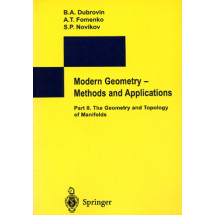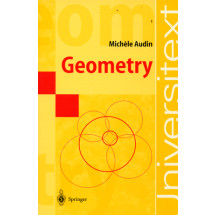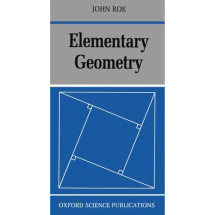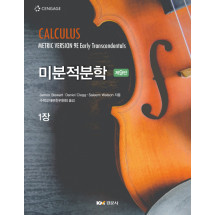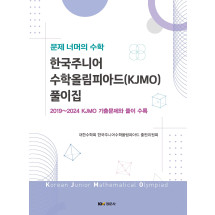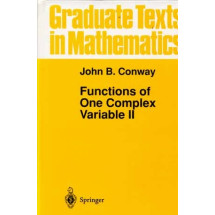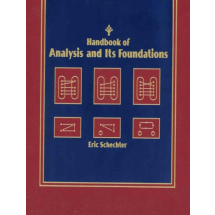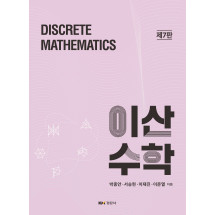1. Fundamental Concepts.
Basic Concepts.
Inclination and Slope of a Line.
Division of a Line Segment.
Analytic Proofs of Geometric Theorems.
Relations and Functions.
The Equation of a Graph.
2. The Straight Line and the Circle.
Lines and First-Degree Equations.
Other Forms of First-Degree Equations.
Intersection of Lines.
Directed Distance from a Line to a Point.
Families of Lines.
Circles.
Families of Circles.
Translation of Axes.
3. Conics.
The Parabola.
Parabolas with Vertex at (h, k).
The Ellipse.
The Hyperbola.
4. Simplification of Equations.
Simplification by Translation.
Rotation of Axes.
Simplification by Rotations and Translations.
Identification of a Conic.
5. Algebraic Curves.
Polynomials.
Rational Functions.
Slant Asymptotes.
Irrational Equations.
6. Transcendental Functions.
Trigonometric Functions.
The Exponential Function.
Logarithms.
Addition of Ordinates.
= 7. Polar Coordinates.
The Polar Coordinate System.
Relations Between Rectangular and Polar Coordinates.
Graphs of Polar Coordinate Equations.
Aids in Graphing Polar Coordinate Equations.
Polar Equations of Lines and Circles.
Polar Equations of Conics.
Trigonometric Equations.
Intersections of Polar Coordinate Graphs
= 8. Parametric Equations.
Parametric Equations.
Applications of Parametric Equations.
9. Space Coordinates and Surfaces.
Space Coordinates.
Surface of Revolution and Quadric Surfaces.
Cylindrical and Spherical Coordinates.
10. Vectors, Planes, and Lines.
Operations on Vectors.
Vectors in Space.
The Scalar Product of Two Vectors.
The Equation of a Plane.
Vector Equation of a Line.
The Vector Product.
11. Curve Fitting.
Method of Least Squares.
Exponential Models.



